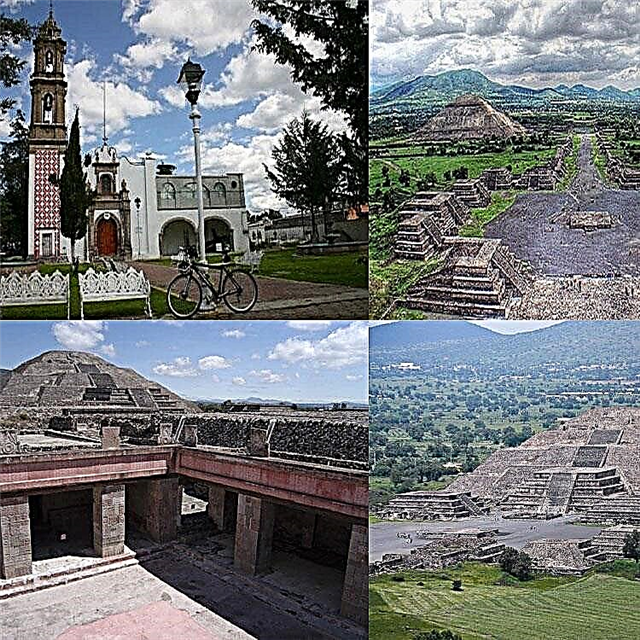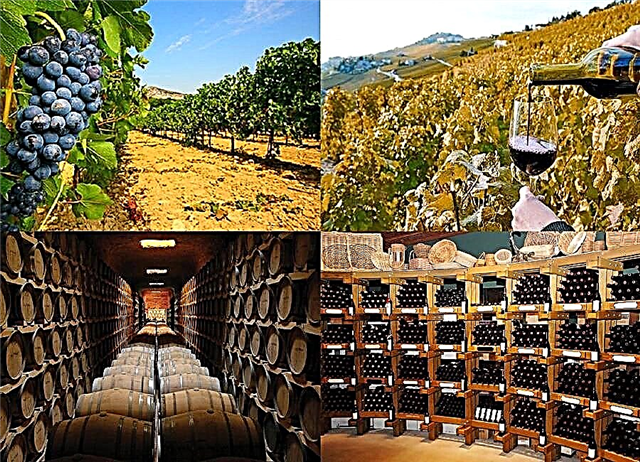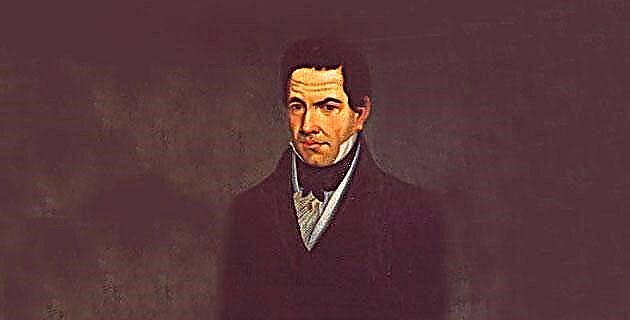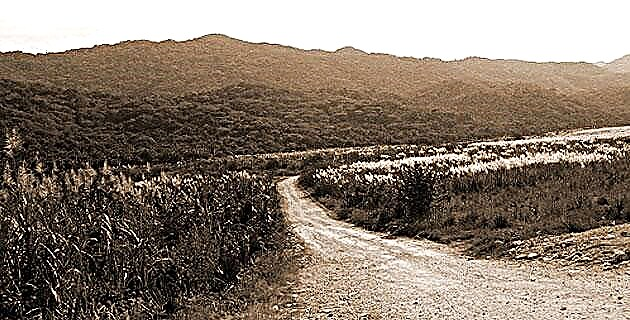
Travelers from Europe and the United States described and criticized the disastrous situation of the roads of Mexico after the consummation of the country's independence, testimonies that became a large inventory of the then dire roads of communication by land.
Those were times when the rulers followed one another with great speed, they lacked space to meet with their ministers, much less to deal with remedying the situation on the roads.
After crowning himself emperor of a short-lived ten-month empire in 1822, Agustín de Iturbide was unable to travel the vast territories that from California to Panama belonged to the nobility of his title. Of the long royal road that had come to join Santa Fe de Nuevo México with León in Nicaragua, only sections remained, some destroyed, others erased, flooded, lacking security ... a real disaster, to the point that the northern provinces communicated better and faster with cities in the United States than with the Mexican capital; reaching Texas by land was impossible, traveling between Monterrey and San Antonio was beyond adventure.
Centralization
Let us remember that previously and similar to the great roads that the Romans built to consolidate their empire, the Spaniards reproduced them to scale in Mexico City so that all roads would pass through it, so that the viceroy, officials, the Church and the merchants were in the center of communications and informed of what was happening in New Spain.
This centralization never contributed to the integration of the regions or to the ideas of nationality, in addition to being a breeding ground for subsequent separatist sentiments of which history collects examples, such as the Soconusco region of Chiapas - on the Pacific coast. -, between which and Chiapas there were no highways and that in 1824 it was declared part of Guatemala, until in 1842 it was reintegrated to Chiapas.











